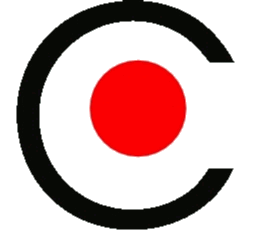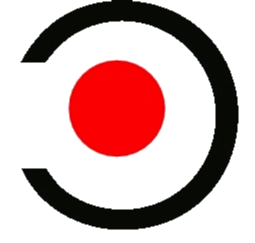



|

|

|
|
Lefty O'Doul, Bridge
|
|
 Here is an overall view of the bridge looking west at it from the east along the Giants Promenade behind the ballpark. Notice the gigantic pivot high up on the right end of the bridge. This single pivot design was called a heel trunnion (a pivot mounted on bearings) and the overall bridge type was called a bascule bridge (one end is weighted to counter balance the structure on the other end when the bridge is open). The two small beige buildings, one at each end, were the original Operator (the one on the left) and Watchman (the one on the right) houses (currently only used for storage).
Lefty O'Doul 
 #B12_7884 #B12_7884
Add a comment or report a mistake
|
|
 The part of the bridge that raises to let water traffic pass underneath. The sign on the bridge read: 60 Minutes AdvanceWhen ready to open, a signal horn sounds, barriers lower over the roadway and sidewalks at each end, and the bridge is allowed to clear. Then the horn sounds again and the bridge raises.
Lefty O'Doul 
 #B12_7898 #B12_7898
Add a comment or report a mistake
|
|
 This is the part of the bridge that pivots. When the bridge is raised, the concrete counterweights on the right will be lowered to rest just above the roadway.
Lefty O'Doul 
 #B12_7899 #B12_7899
Add a comment or report a mistake
|
|
 The two original small beige buildings have been retired and replaced by a single, larger red building. The one building combines the operator and watch functions of the original smaller two.
Lefty O'Doul 
 #B12_7901 #B12_7901
Add a comment or report a mistake
|
|
 The pivot around which the bride rotates. Notice the small platform for inspecting and lubricating the pivot.
Lefty O'Doul 
 #B12_7902 #B12_7902
Add a comment or report a mistake
|
|
 The bridge seen looking south along Third Street with Mission Bay beyond. Traffic passing over the bridge can be completely unaware of the huge structure overhead.
Lefty O'Doul 
 #B12_7903 #B12_7903
Add a comment or report a mistake
|
|
 A close up look at the two huge concrete counterweights that precisely counter the weight of the roadway being lifted.
Lefty O'Doul 
 #B12_7909 #B12_7909
Add a comment or report a mistake
|
|
 There were two signs on the bridge that gave instructions for opening. The one on the east side was clearly legible. The one on the west side was weathered and the phone number was almost illegible.
Lefty O'Doul 
 #B12_7911 #B12_7911
Add a comment or report a mistake
|
|
 The view from the south side of the bridge looking north. Note that there are five traffic lanes crossing the bridge. Those lanes can be closed individually and opened for reverse traffic flow following games endings, and to dedicate traffic lanes to pedestrians.
Lefty O'Doul 
 #B12_7914 #B12_7914
Add a comment or report a mistake
|
|

The original plaque that shows the bridge design was patented
Lefty O'Doul 
 #B12_7919 #B12_7919
Add a comment or report a mistake
|
|
 When originally built, the bridge was operated from inside a building attached to the pivot. Here the bridge would pivot independently of the operator house which would remain upright as the bridge rotated around it.
Lefty O'Doul 
 #B12_7924 #B12_7924
Add a comment or report a mistake
|
 |
| home • contact • topic guide • top 25 • photos • video • writing • blogs • upload • terms • privacy |